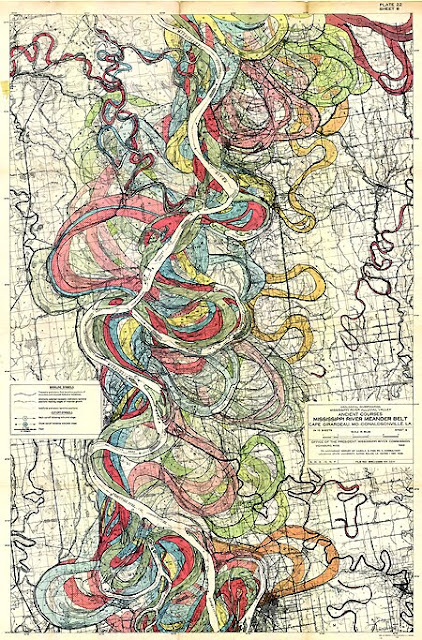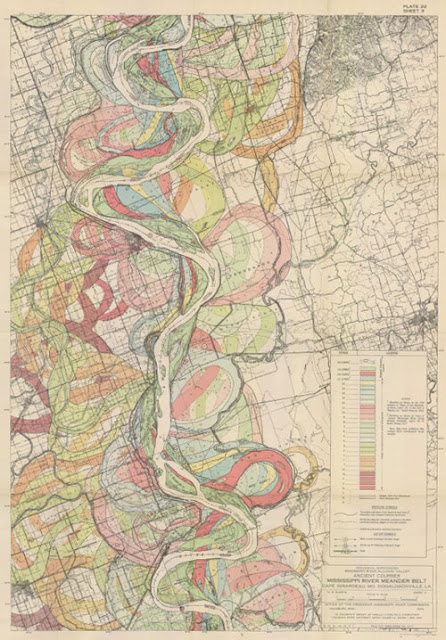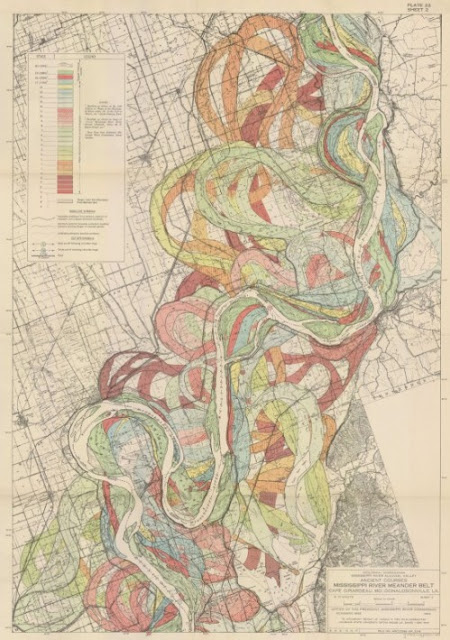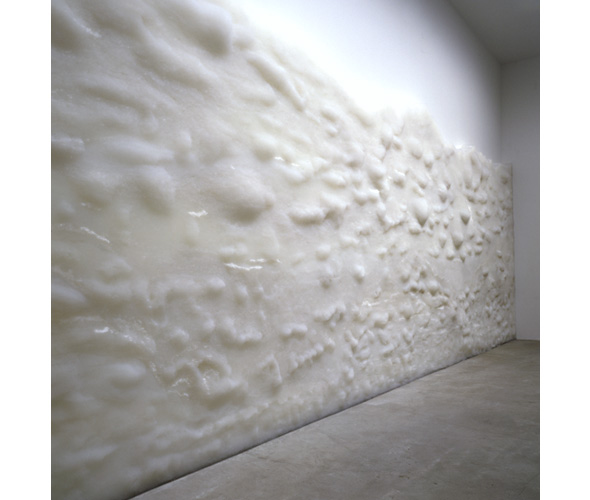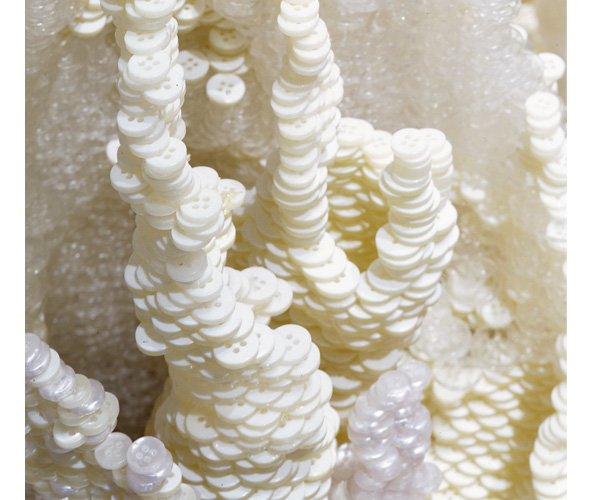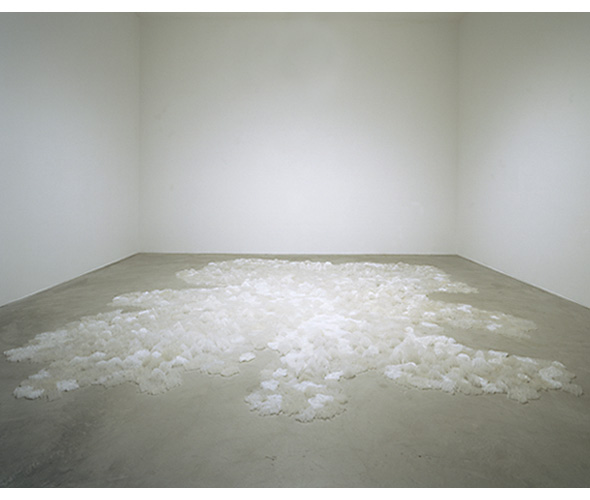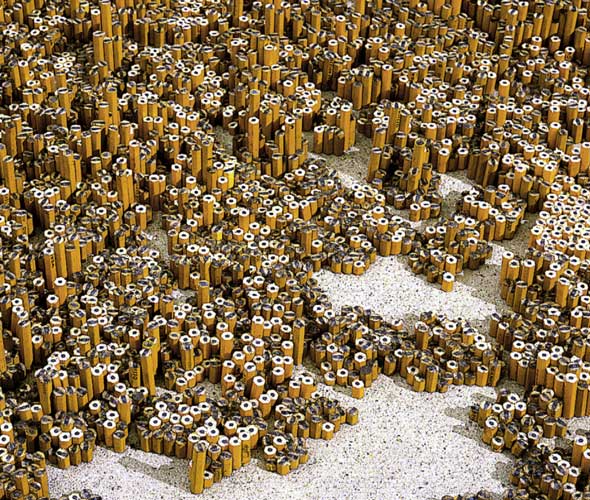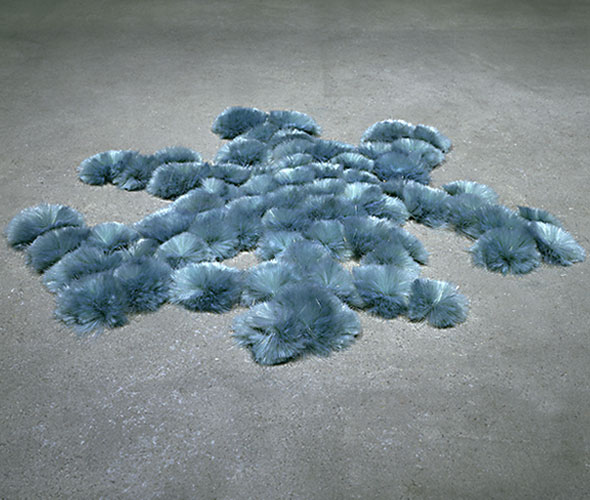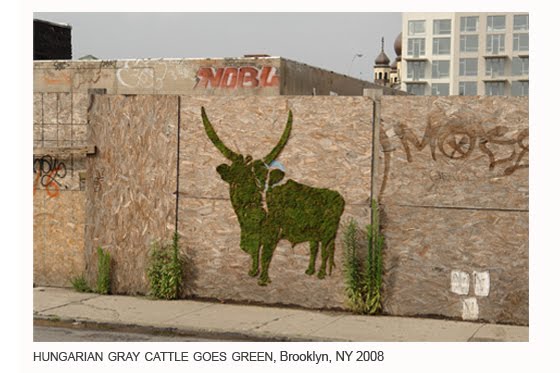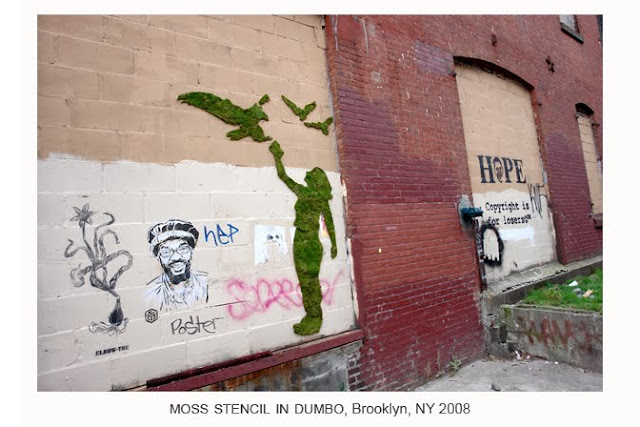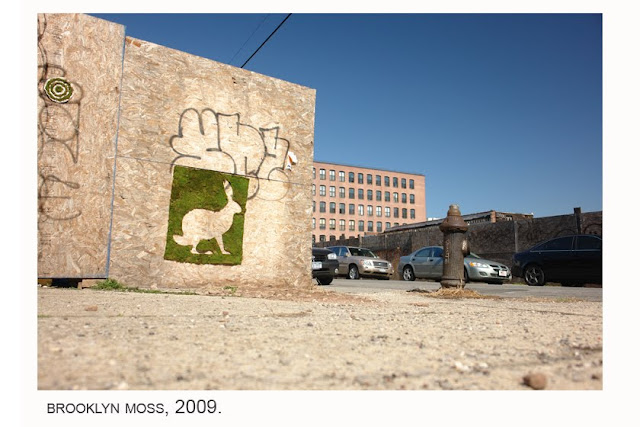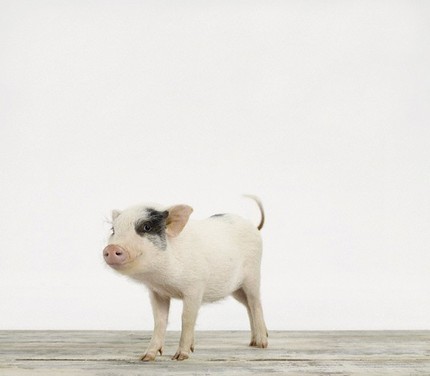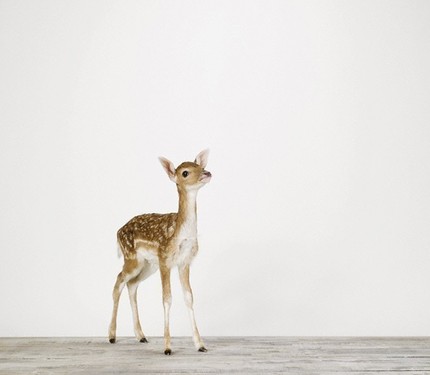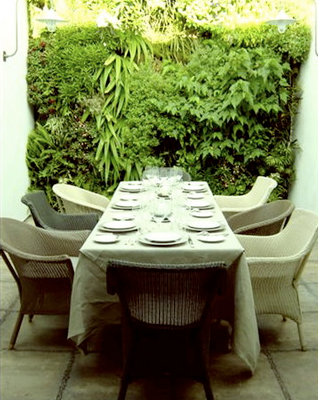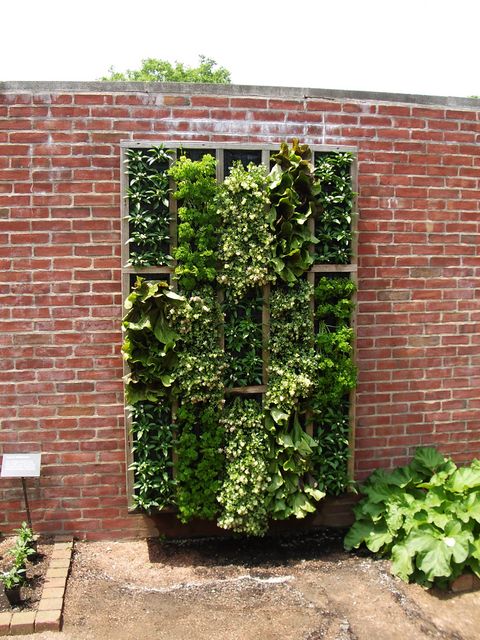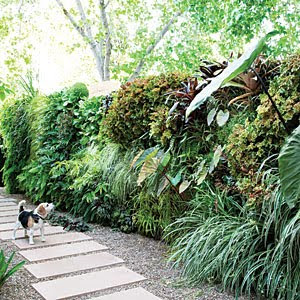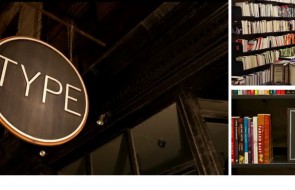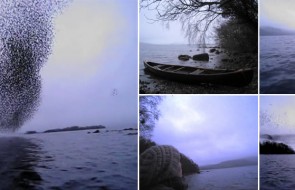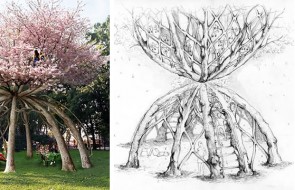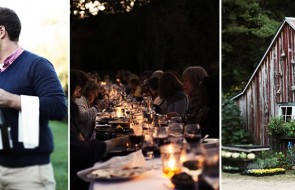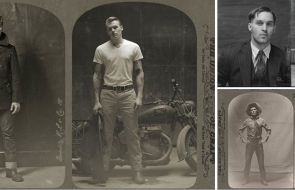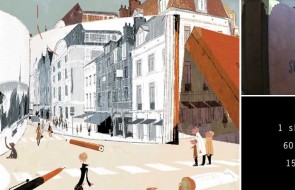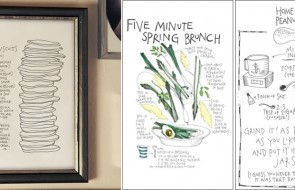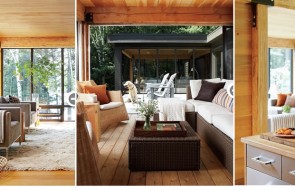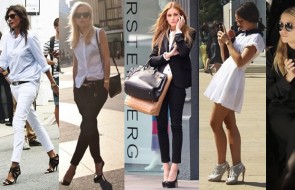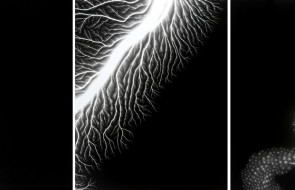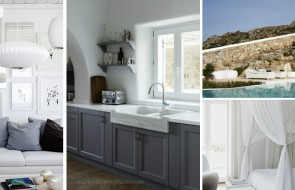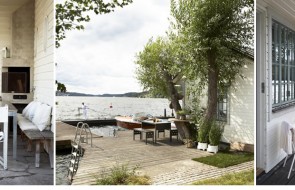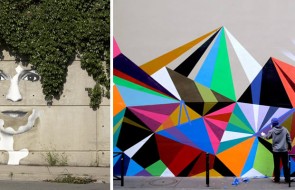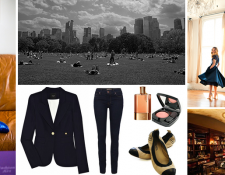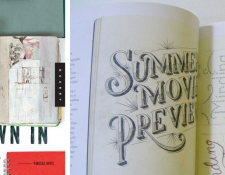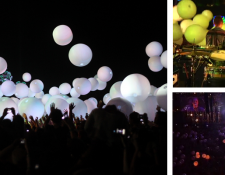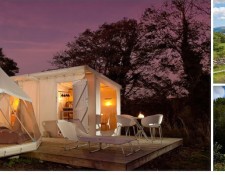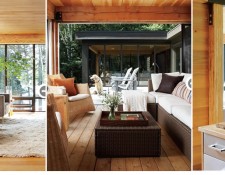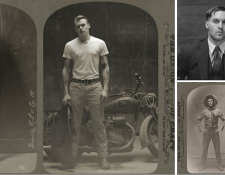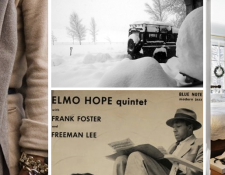Arts Visuels
THIS IS A REAL MAP. I saw this and thought someone had painted something pretty on top of an old map.
Not so, which means this might be the most amazing map I’ve ever seen.
In the early 1940s, the Army Corps of Engineers commissioned a guy named Harold Fisk to make a map of the various courses the Mississippi River has taken over time. He showed each course in a different color, to show when and how they happened. This is the result.
Just goes to show, the representation of practical information can be executed in a way that is also aesthetically pleasing.
I feel like I could look at these forever. I’ve searched and searched and I’m pretty sure you can’t buy any prints (original or reproduced) of this, but I wish you could*! I would frame a whole bunch and hang them on my wall!
(*If anyone can find any originals and would like to give them to me, it would be like the coolest gift eveerrrr, just sayin)
Rivers are constantly in flux, as they erode banks and make deeper curves (or “meanders”), until the meanders become so meandering that the two sides of the curve almost touch. At this point, the river cuts off the curve and so that it has a straight path again, and it leaves an oxbow lake behind.
Here’s a detail:
When all the pages, each showing a different section, of his study are fit together, they form this long continuous path of the Mississippi. I can’t get the image to load any larger, but it looks really cool when it’s shown as the same width as the pages above.
THE ALLUVIAL VALLEY OF THE LOWER MISSISSIPPI RIVER
Harold Fisk, 1944
via Pixels & Arrows
Arts Visuels
Artist Tara Donovan creates sculptural installations out of ordinary, often tiny, objects grouped together in mass. The resulting pieces appear to be something like a topographical landscape, but with an element of movement and amorphism.
Above, an installation of all styrofoam cups. Below, a detail shot of the cups.
This waxy looking looking wall covering is actually all…
…plastic straws!
This drip-castle like creation is…
…buttons!
Are you amazed yet? I just can’t imagine having the vision to start stacking up some buttons on your table or whatnot, and then thinking, I know, if I glue these together by the thousand, I can make a really cool landscape thing.
I like that this ameobic mass below is fairly unremarkable, until you realize what it’s made of…
click the jump for the rest…
tape!!! (Yes I’m amazed every time.)
A very short skyline made of…
Don’t these little sea urchin creatures look like they’re moving?
They’re fishing line. I don’t want to think about how long those took to put together.
Tara Donovan is
rep’d by Ace Gallery. Here.
Arts Visuels
Living walls + silhouette art + random acts of creativity + street art = just too much. In the best way.
Living (or green) walls, also called
vertical gardens, are such a cool concept, and
Mosstika, an “Urban Greenery” collaboration between Edina Tokodi and Jozsef Valyi-Toth, has turned them into silhouette art using grasses and moss, and then, even better, they put their pieces on public walls.
I love how their work challenge the traditional notion of graffiti and the effect someone can have on a public space when “making their mark”– both through the content and the medium.
I love that it is something living on the wall, and reminds you of the nature that might have been there before all the buildings were.
Rather than just leaving a tag or a cryptic design, their street art gives something to the passerby– just a small moment in which he or she gets to stop and marvel at the fact that an anonymous stranger spent their time making something beautiful for them to see.
It’s an experience that is capable of making you feel more hopeful about the world for a moment, knowing that someone put that there expecting nothing in return.
Mosstika website here.
via twig and thistle
Arts Visuels
Loving this project…
French journalist, environmentalist, and photographer Yann Arthus Bertrand started an image bank called Altitude Agency, for which he commissioned and assembled over 500,000 aerial photographs of the earth.
Then, alongside UNESCO World Heritage, he gathered the most beautiful images into a project called The Earth From Above (la Terre vue de ciel).
This one is a shot of an underwater plant that is only visible
when a certain tide changes the water level in the Loire River.
These images were put into a book with the same name, and they were additionally shown in numerous free exhibits, in which the images were printed on giant posters and hung in public places like on the gates of the Luxembourg Gardens in Paris. I love that the public got to see them…
A wonderful reminder of how incredibly beautiful our world is…
Arts Visuels
Robert and Ethel Scull with Warhol, George Segal, and James Rosenquist
I would LOVE to see the show right now at Acquavella Gallery.
This fascinating and much-maligned couple– the Sculls– amassed an amazing collection of Pop Art and AbEx before that, and actually are somewhat credited with driving the Pop Art movement’s beginnings.
Warhol’s “Ethel Scull, 36 Times,” 1963
The Good:
They commissioned Warhol’s first portrait, gave James Rosenquist his first sale, bought an entire show of Jasper Johns when it wasn’t selling, and gave George Segal enough money to quit his hairdresser job and focus full time on his art.
Rauschenburg, “Currency (Mona Lisa), 1958″
Robert bought the art, according to the awesome NYT
article about the show, because of a genuine love and understanding of it, and he helped fund a struggling movement by buying it. He and Ethel then even spurred a social scene that revolved around championing and buying the art.
Jasper Johns, “Map,” 1961
The Bad:
It was the sale of the art, at an auction in 1973, that made them much maligned. The auction, which was seen as a scandal because of its pure money-grabbing motives, brought the couple $2.2 million.
Interestingly, it is this auction that is seen as turning the art world into what it is today.
Claes Oldenburg, “Cake Wedge,” 1962
The Ugly:
Robert was originally able to buy the works with the money he got from his taxi empire, inherited from Ethel’s father, and he and Ethel were seen as the epitome of social climbers.
Even before the auction scandal, they were seen as tacky– the NYT describes them as the “loud-talking, cigar-chomping, Jaguar-driving taxi king and his wife, who modeled Dior and Courrèges in Vogue.”
In fact, by the mid 1960s, Tom Wolfe had called them “the folk heroes of every social climber to ever hit New York.”
Willem de Kooning, “Police Gazette,” 1955
“They were vulgar, knew it, and didn’t give a damn,” said art critic and historian Irving Sandler, who actually meant it as a compliment, as he was stating why he liked them.
I find it particularly interesting that they were such a patron and friend of Warhol, since their seeming superficiality and greed is exactly what Warhol was fascinated by.
George Segal, “Robert and Ethel Scull,” 1965
The remaining works in their collection were sold at an auctionin 1986 after Robert’s death (and their divorce) and were scattered all over the world.
Now, Acquavella Gallery has gathered 44 of the pieces in the collection. What an awesome exhibit.
Read the full article (very interesting)
here.
For a sweeter tale of a (more humble) couple and their art collection, check out
this post.
Arts Visuels
Animal photographer Sharon Montrose’s work still gets me. How does she manage to make these totally cute-overload images without them just being totally cheesy?
I don’t know, but she walks that line well, and I like it.
Above – Baby Pig, Baby Deer, and Baby Porcupine
Here’s more of her work, beyond the Baby Animals series. Also, in addition to the prints she sells, she works with tons of corporate clients for ads. What a fun job!
I’m experiencing cute overload just working on this post. This is too much.
Seriously.
Isn’t she amazing at capturing their personalities??
And finally, a shot of the artist at work. Seriously, tell me that must not be the must fun job ever.
It’s even better than the ones you think up as a kid like working at a zoo or being a veterinarian.
Sharon Montrose prints available on etsy here.
Arts Visuels
I love photographer David Hilliard’s tryptichs documenting his personal life and the world around him.
Above, his father and himself.
They often capture positively mundane-seeming moments, but through his composition and format, they take on much greater meaning about relationships and familial dynamics, capturing small significances fluctuating between loneliness and intimacy.
The shifting focal planes between the photos manipulate the panorama into a much different image than if the scene were contained within one shot, and for the viewer, the physical distance and perspective translates into an emotional distance and perspective.
The tryptich format also suggests more of a story-telling element than would a single shot, as he directs the viewers eye from frame to frame, creating a narrative.
This, combined with the almost fish-eye lens-like quality created by the changing focal planes and vivid colors, leaves these photos floating between fiction and memory and leaves the viewer wondering if they were simple records of moments, or constructed tableaus.
David Hilliard website here.
Arts Visuels
Illustrator and artist Sarah Illenberger, who I’ve mentioned
before, created these graffiti pieces.
… which raises some interesting issues about graffiti … is it still “graffiti,” with its pejorative connotations, if a known artist is the creator, and if they are done rather ironically?
Sarah Illenberger website here.
Arts Visuels
I love this reimagining of the MTA subway map by Julia Rothman. She really captures the whimsical sense of being able to go underground and get on a train and pop up at somewhere else completely different and exciting.
Available here through the MTA Transit Museum.
Julia Rothman website here.
Arts Visuels
March 28, 2010 · 2 Comments
They can be grown anywhere, as they don’t weigh very much (they don’t use soil), and you can adjust the plant types depending on how much sunlight the area gets.
I personally want one just like this on my balcony…
What if half the sides of buildings in New York looked like this?? Not only would it completely change the feel of walking around the city, it would clean up the air SO much!!!
Though Patrick Blanc’s website claims he has the rights to the term “vertical garden,” I’ve been seeing this concept, also called a “living wall,” a lot recently. Here’s a smaller scale take on the idea…
This succulent garden is from
Flora Grubb, and you can buy kits from them to make your own.
Here’s another succelent version– I think I like it better frameless, and with the plants in less of a grid-like looking formation…
These frames (would you call them frames or planters?) are pretty, and Sunset Magazine’s
website teaches you how to make them and links to supplier websites.
Is this one growing veggies?? That would be so cool. Also from apt. therapy.
Wooly Pockets is a company that creates clever recycled-plastic containers (“pockets”) for creating a garden just about anywhere… check out their website
here.
r />
Sunset Magazine’s
website has a feature on creative vertical gardens like this…
Inspired?

